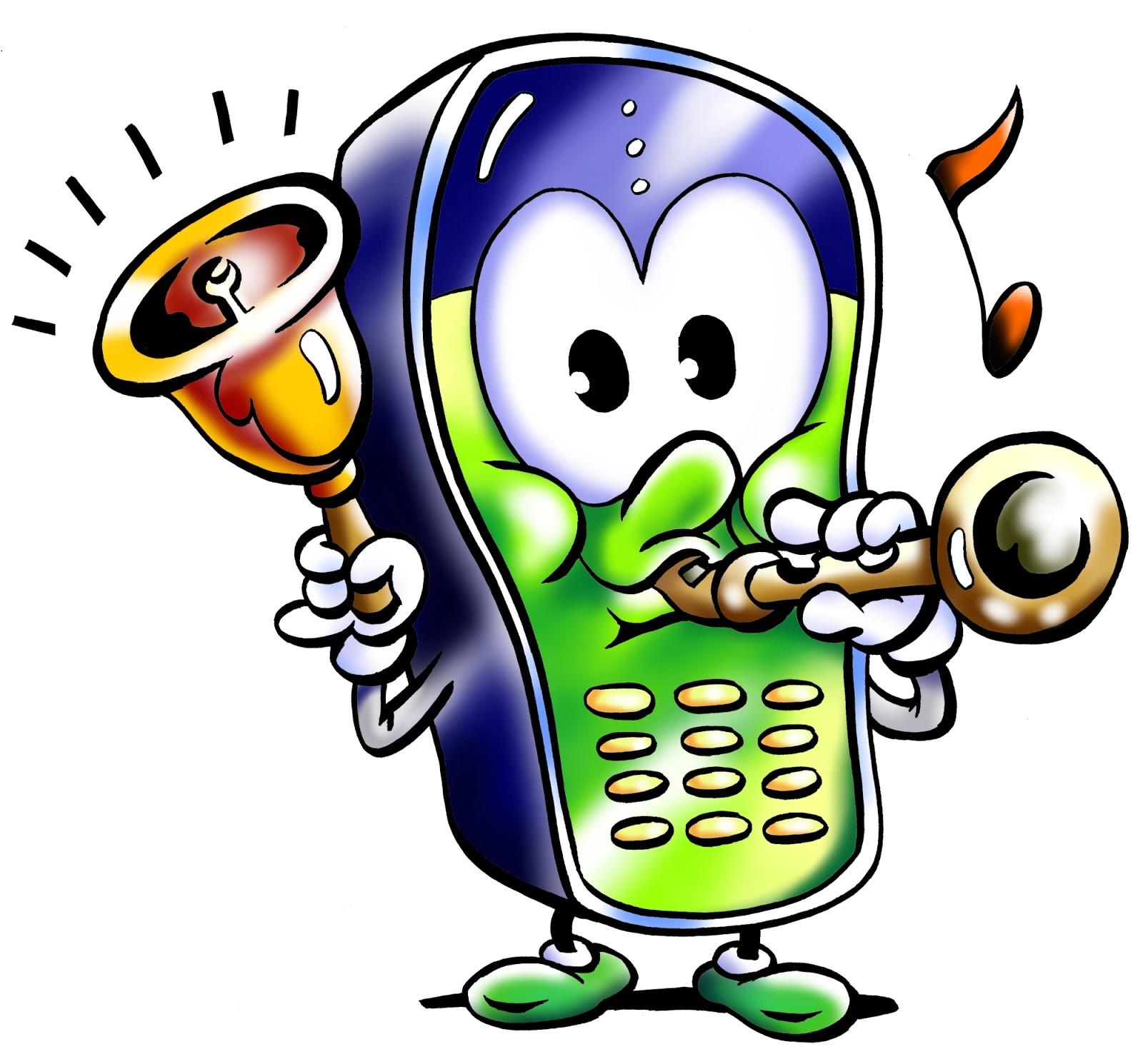CELL PHONES: THE SOCIAL CONNECTOR ADVANTAGES AND DISADVANTAGES
Through the use of cell phones, keeping in touch with one another is as simple as pushing a button.
We are now connected to people in the various parts of the world; even those people on the other side of the globe can be accessed in a second. Yes, we are socially connected. Our "door ke rishtedaar" aren't so far off now, and the auntie who was your neighbour when what seemed like ages ago, is now your Facebook friend.
With so many advantages a phone offers, it is difficult to list them out.
Keeping in touch has never been easier. The easy to carry cell phone fits everywhere: from pockets to purses.
Cell phones are a safety measure too, especially for young people venturing out. In case of an emergency, cell phones are the key to the crucial information one's family needs to know.
The cell phone technology has speeded up small as well as large businesses. The business world has been greatly enhanced. And due to this, employment rates have increased.

The phones never are only for calling; they all are multipurpose. The GPS makes sure one doesn't get lost; the calculator, the notepad and converter are workplace favourites and the games and music make sure that there is enough entertainment.
and the camera? To most people, the phone records their happiest moments down the memory lane.

Lets flip over to the other side of the coin.
The cell phone is a big distraction, be it the workplace, while driving or at school, to name a few. The constant beeps of messages and the irritating seem inescapable.

Not only the good information, even illegal information is being transmitted over the cell phone network. One must remember that like the common folk, even criminals use their mobiles to their advantage, which is again the community's disadvantage.
The cell phones are also compromising on our safety. They allow easy tracking and access to personal information.
The energy sucked by mobile chargers are also harmful to the overall ecosystem.
Health is another major concern. The WHO has already listed the cell phone as a carcinogen, ie. a cancer causing agent. The eardrums and eyes are most affected due to the blaring sounds and the bright display. And not to mention those millions of disease causing microbes on the phone.

Last, but not the least are the rising costs of the mobile bills. One has to pay them, and often it increases the estimation of a monthly budget.

Not only the good information, even illegal information is being transmitted over the cell phone network. One must remember that like the common folk, even criminals use their mobiles to their advantage, which is again the community's disadvantage.
The cell phones are also compromising on our safety. They allow easy tracking and access to personal information.
The energy sucked by mobile chargers are also harmful to the overall ecosystem.
Health is another major concern. The WHO has already listed the cell phone as a carcinogen, ie. a cancer causing agent. The eardrums and eyes are most affected due to the blaring sounds and the bright display. And not to mention those millions of disease causing microbes on the phone.

Last, but not the least are the rising costs of the mobile bills. One has to pay them, and often it increases the estimation of a monthly budget.
I conclude that using a cell phone is good, but only when really necessary. The unnecessary use of phones should be avoided due to the health and other risk factors.














